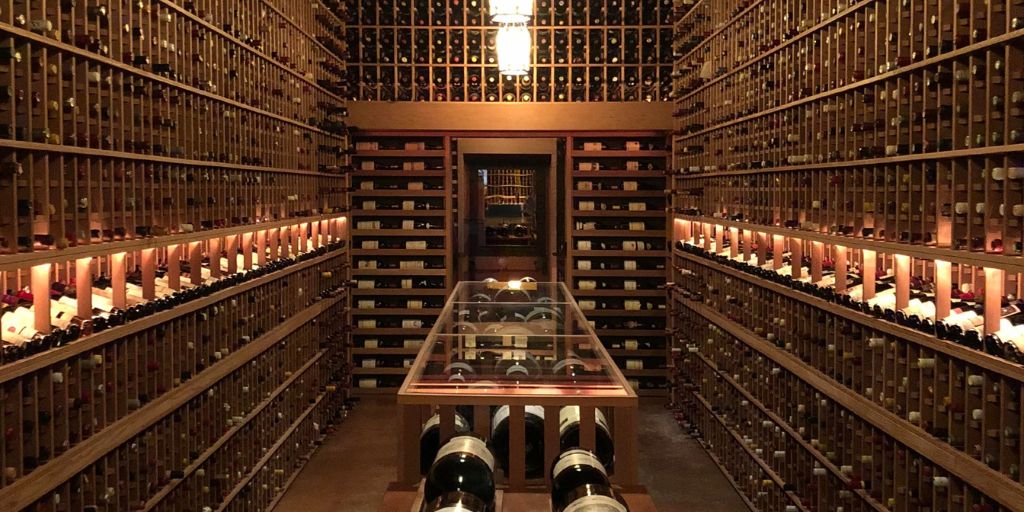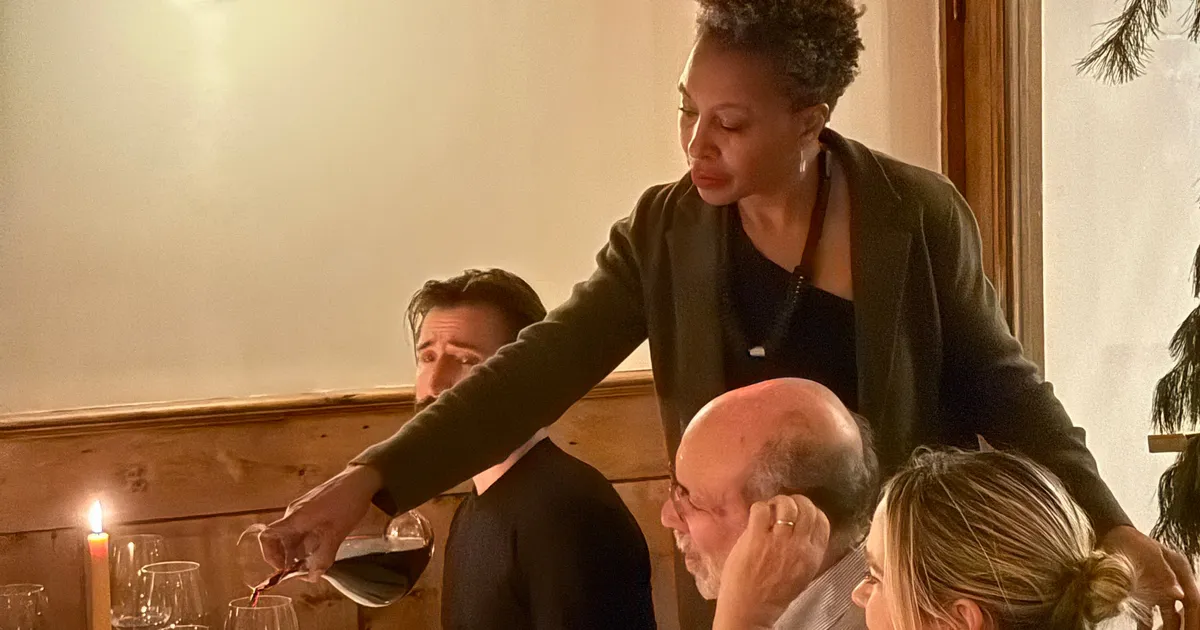Starting your first wine collection can be an exciting and rewarding journey, whether you’re a wine enthusiast looking to expand your palate or someone looking to invest in wines for future enjoyment.
Building a wine collection is more than just purchasing bottles; it’s about understanding your preferences, storing your wines properly, and curating a selection that will grow and evolve over time.
Here’s a step-by-step guide to help you start your wine collection the right way.
1. Understand Your Preferences
The first step in building a wine collection is to understand your tastes. Wine comes in a wide range of styles, flavors, and profiles, and what you enjoy drinking today may change over time. It’s important to spend some time exploring different types of wine to discover what resonates with you.
Start by sampling various wine styles:
-
Red wines: Cabernet Sauvignon, Pinot Noir, Merlot, Syrah, Malbec, etc.
-
White wines: Chardonnay, Sauvignon Blanc, Pinot Grigio, Riesling, etc.
-
Sparkling wines: Champagne, Prosecco, Cava.
-
Rosé wines: From dry to sweet, rosé is a versatile category that can be refreshing or more robust.
-
Fortified wines: Port, Sherry, Madeira, and Marsala can be wonderful additions to your collection.
Taste wines from various regions, too. A French Burgundy will taste quite different from a California Pinot Noir, and an Italian Chianti will offer different nuances than a Spanish Rioja. By trying wines from different grape varieties and regions, you can pinpoint what you most enjoy, which will help guide your purchases.
2. Set a Budget
Before you start buying wine, it’s crucial to set a budget. Building a collection doesn’t mean you have to break the bank—there are many excellent wines available at various price points. While it’s tempting to go for the high-end bottles, you can start with more affordable options that still provide good value.
Here are some ways to approach your budget:
-
Monthly/Yearly Budget: Decide how much you’re willing to spend per month or year and stick to it. This ensures you don’t overspend while still growing your collection.
-
Balance your purchases: Include a mix of wines at different price points. Some bottles may be for immediate consumption, while others might be aged for future enjoyment or investment.
-
Start small: If you’re unsure about spending a large amount upfront, start with a few bottles, and gradually expand your collection.
3. Focus on Quality Over Quantity
When starting your collection, focus on quality over quantity. It’s tempting to buy a lot of bottles, but it’s more beneficial to invest in a smaller, high-quality collection. Quality wines offer better aging potential and can be enjoyed over time.
Look for wines with:
-
Good aging potential: Wines that improve with age are great investments for your collection. Reds such as Bordeaux, Burgundy, and Barolo, as well as fortified wines like Port and Sherry, tend to age well.
-
Respected producers and regions: Wines from well-known regions like Napa Valley, Bordeaux, Tuscany, and the Rhône Valley are often reliable, and wines from reputable producers are likely to offer consistency and quality.
-
Variety in styles: Make sure your collection includes a mix of red, white, rosé, and sparkling wines to offer versatility for different occasions.
4. Learn About Wine Storage
Proper storage is essential to ensuring that your wines maintain their quality as they age. If you don’t store your wine correctly, it may not reach its full potential. Here are some basic tips for storing your wine:
-
Cool, consistent temperature: Wine should be stored in a cool environment (ideally between 45-65°F or 7-18°C). Avoid storing wine in places where the temperature fluctuates dramatically, such as near heating vents, in kitchens, or in direct sunlight.
-
Humidity: A humidity level of 60-70% is ideal. Too little moisture can dry out the cork, leading to air exposure and spoilage. Too much humidity can cause mold and mildew.
-
Darkness: Wine should be stored in a dark place, away from direct light. UV rays can cause chemical reactions in wine, degrading its flavor and aging potential.
-
Horizontal storage: Store bottles on their sides to keep the corks moist, which helps maintain a seal that prevents air from entering the bottle.
If you don’t have space for a dedicated wine cellar, there are smaller wine refrigerators and wine coolers available that can provide ideal storage conditions. For larger collections, consider renting space in a professional wine storage facility.
5. Start with a Foundation of Classic Wines
Building your collection doesn’t mean you have to choose wines at random. Start by investing in wines that are considered classics or that offer great aging potential. These wines tend to be widely respected for their quality and longevity. Some classic choices for a beginner’s collection include:
-
Bordeaux: Known for its aging potential and deep flavors, especially Cabernet Sauvignon-based wines from the Left Bank (e.g., Medoc) and Merlot-dominated wines from the Right Bank (e.g., Saint-Émilion).
-
Burgundy: Pinot Noir from Burgundy is renowned for its complexity and aging potential, while white Burgundy (Chardonnay) is also highly sought after.
-
Barolo: Known as the “King of Wines,” Barolo is made from Nebbiolo grapes and is famous for its ability to age well for decades.
-
Rioja: A Spanish red made primarily from Tempranillo, Rioja offers good value for money and is known for its smooth tannins and fruit-forward character.
By starting with a few of these foundational wines, you can build a well-rounded collection that will stand the test of time.
6. Experiment with Lesser-Known Wines
Once you’ve established a solid base of classic wines, feel free to branch out and experiment with lesser-known wines. There are many unique and exciting wines from emerging regions and grapes that can add diversity and intrigue to your collection. Some interesting options to consider include:

-
Wines from the Southern Hemisphere: Argentina, Chile, South Africa, and Australia offer excellent wines at great value.
-
Lesser-known Italian regions: Besides Tuscany and Piedmont, consider exploring wines from regions like Sicily, Abruzzo, or Marche.
-
Unique varietals: Grape varieties like Sangiovese, Tempranillo, and Zinfandel can offer bold flavors and characteristics that are distinct from the mainstream choices.
Experimenting with different wines from around the world will allow you to discover new favorites and expand your wine knowledge.
7. Keep Track of Your Collection
As your wine collection grows, it’s essential to keep track of what you have. This will help you avoid duplicating bottles and allow you to monitor how your wines are aging. You can keep a simple inventory using a spreadsheet or use wine management apps like Vivino or CellarTracker to catalog your bottles.
Note the following details:
-
Wine name and vintage
-
Purchase price and location
-
Tasting notes and aging potential
-
Ideal drinking windows
This record will help you make informed decisions when you’re ready to open a bottle or add to your collection.
8. Enjoy and Share Your Wines
The most important aspect of any wine collection is enjoying it! Don’t let your bottles sit untouched for years—open them when the time feels right, and share them with friends or family. Sharing your wines will deepen your appreciation and give you new perspectives on how wines evolve over time.
Conclusion: Building a Wine Collection that Grows with You
Building your first wine collection is an exciting process that takes time, patience, and exploration. Focus on quality over quantity, store your wines properly, and have fun learning about the different regions and grape varieties.
By starting small, staying within your budget, and investing in wines with good aging potential, you’ll gradually curate a collection that’s both impressive and enjoyable.
Remember, a wine collection is a personal journey. Don’t be afraid to try new wines, make mistakes, and discover what excites you. Your collection will evolve as your taste and knowledge grow, making it a lifelong adventure.


